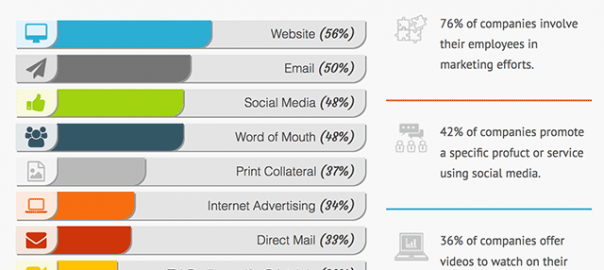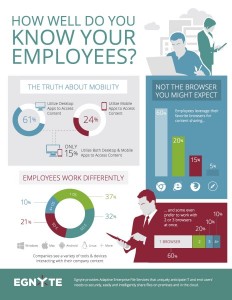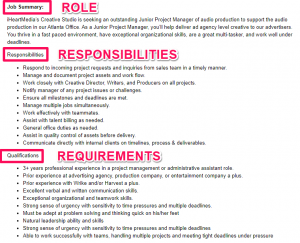— May 8, 2018
Small businesses get it. The best way to increase your revenue is to focus on your existing customers.
In a recent survey of 1,100 American small business owners, 40% said they plan to increase revenue by improving existing customer experience and retention. It’s their #1 strategy for growth.

That’s a smart move, but how do you do it? Especially if you don’t have a lot of budget?
Here are a few low-budget to no-budget tactics.
1. Be Friendly
Nobody wants to do business with a sourpuss. It’s how the Chinese proverb, “A man without a smiling face must not open a shop” became a proverb in the first place.
Do whatever you need to do to make this happen. I’m not saying you need to be Mr or Mrs Sunshine, but at least be warm and friendly. Be genuinely glad when customers call, or walk in, or send you an email.
If drumming up gratitude for your customers seems fake and hard to do, that’s critically important information. If you don’t like your business or your customers enough to be warm to them, there’s a problem somewhere. A serious problem. Stuffing it and just gritting your teeth and getting through are not the best ways to deal with it.
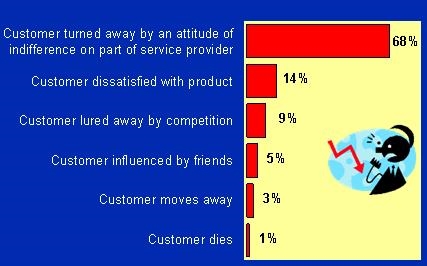
This isn’t just some squishy new-age business advice, either. “An attitude of indifference” is the #1 reason customers ditch a business for their competitor.
So if you can’t smile and mean it, and you aren’t genuinely grateful for every customer you’ve got, look at what’s driving that resistance. Are you not getting paid enough? Are you exhausted? Is it maybe just time for you to move on?
2. Give Them What They Want
A successful business can be downright ragged in some ways, but if it fulfills the core function its customers want, it’ll be fine.
Witness all those old general stores in rural towns to prove this. They may not be fancy, but most of the stores’ inventory is hand-picked for their clientele. If they don’t have it, their customers just don’t need it that often.
There are a slew of old slogans to back this principle up. But the one that fits best is from one of my professors in business school:
“Never, ever leave your heavy users.”
In marketing lingo, heavy users would be called your “core clients”, “your customer advocates”, even your “tribe.”
Whatever you call these people, be good to them. Give them what they really want. Give that “what” better than anybody else can. So long as there are enough of them and you take care of them, your business will be fine.
This idea really underpins a lot of the talk about “customer experience” these days. Giving customers what they want could mean just creating the perfect burger all day, every day.
But it could also affect how you deliver that burger.
For example, website traffic from mobile devices is growing all the time. By some measurements, there’s more traffic from mobile devices than from desktops.
Depending on your clientele, “giving your customers what they want” could be creating a mobile app so they can order a burger and pick it up fast. Or giving them what they want could be hand-delivering the burger. Or it could be having a great place to eat the burger.
3. Ask For Feedback – and Then Act On It
Feedback comes in many forms these days. There’s…
- Asking the customer if they found everything they wanted at checkout.
- Asking a B2B customer if there’s anything you could be doing better during a check-in call.
- Yelp and Google My Business and customer surveys.
- Responding to people via social media.
- Having enough staff around (and informed staff, too), so that a customer in need doesn’t have to wait too long and actually gets helped.
All those feedback channels require intelligent management to be successful. But all of them (except for the last) are basically free. Staying on top of these customer service channels may take some finesse, and it may well require you to increase your staff a bit. But the reality is, most customers never complain. They just stop doing business with you.
Because of that, every bit of feedback you can get from them is super valuable. Over time, a series of little tips for improvement from your customers could actually be the thing that keeps you in business.
Well trained employees will also make all the difference. And yet, according to Keith Lee, “More than 75% of all businesses have no upfront consistent customer service training for new employees.”
So there’s your opportunity.
4. Stay In Touch Via Email
Nearly half of all small businesses use email – almost as many as have a website.
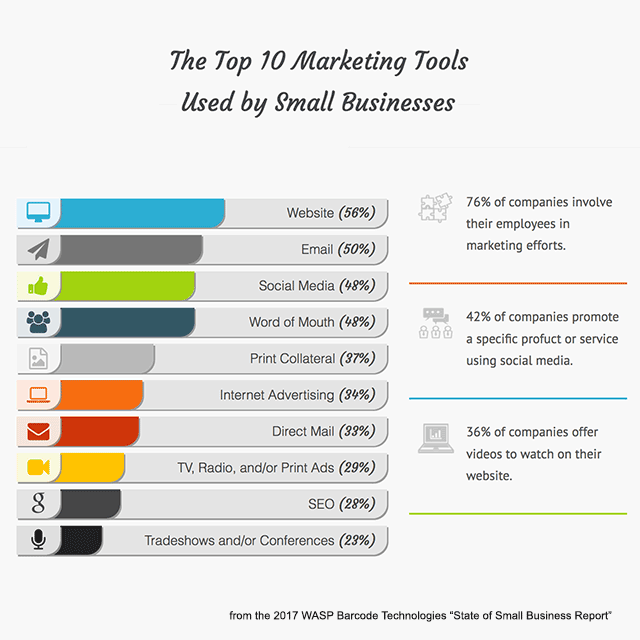
This is another smart move on their part. Email marketing is extremely affordable – and it works.
So how affordable?
How’s free? MailChimp’s free plan lets you have up to 2,000 email subscribers and send up to 12,000 emails per month. If you need more features (and don’t want to see their ad in the bottom of your emails), it’s easy to find a much more full-featured plan for $ 30-50 a month. There are dozens of companies that offer a good service for an affordable fee.
But does email still work? In a word, yes. It’s the preferred way to hear from businesses for most customers, and email is still one of the best marketing tactics in terms of ROI.
5. Play Music
Seriously. A recent study found that:
When music was playing on site, 72 percent of first-time visitors said they were likely to visit again. When the business had no music playing, only 50 percent indicated they would likely revisit, a 22-point decline in customer return rankings.
How’s that for low-budget? Well… you will need a simple sound system. But that doesn’t have to cost too much, and a 22% increase in return first-time customers sure would pay for it fast.
Final thoughts
Those five tips will get you started, but if you want more ideas for how to keep your customers, ask yourself two questions:
- “Is my business the type of place I’d want to come back to?”
- “Why would someone do business with us rather than our competitors?”
The answer to those questions will tell you most of what you need to know about how to retain more customers.
Back to you
How would you answer those two closing questions? Give us your answers in the comments.
Business & Finance Articles on Business 2 Community
(94)
Report Post